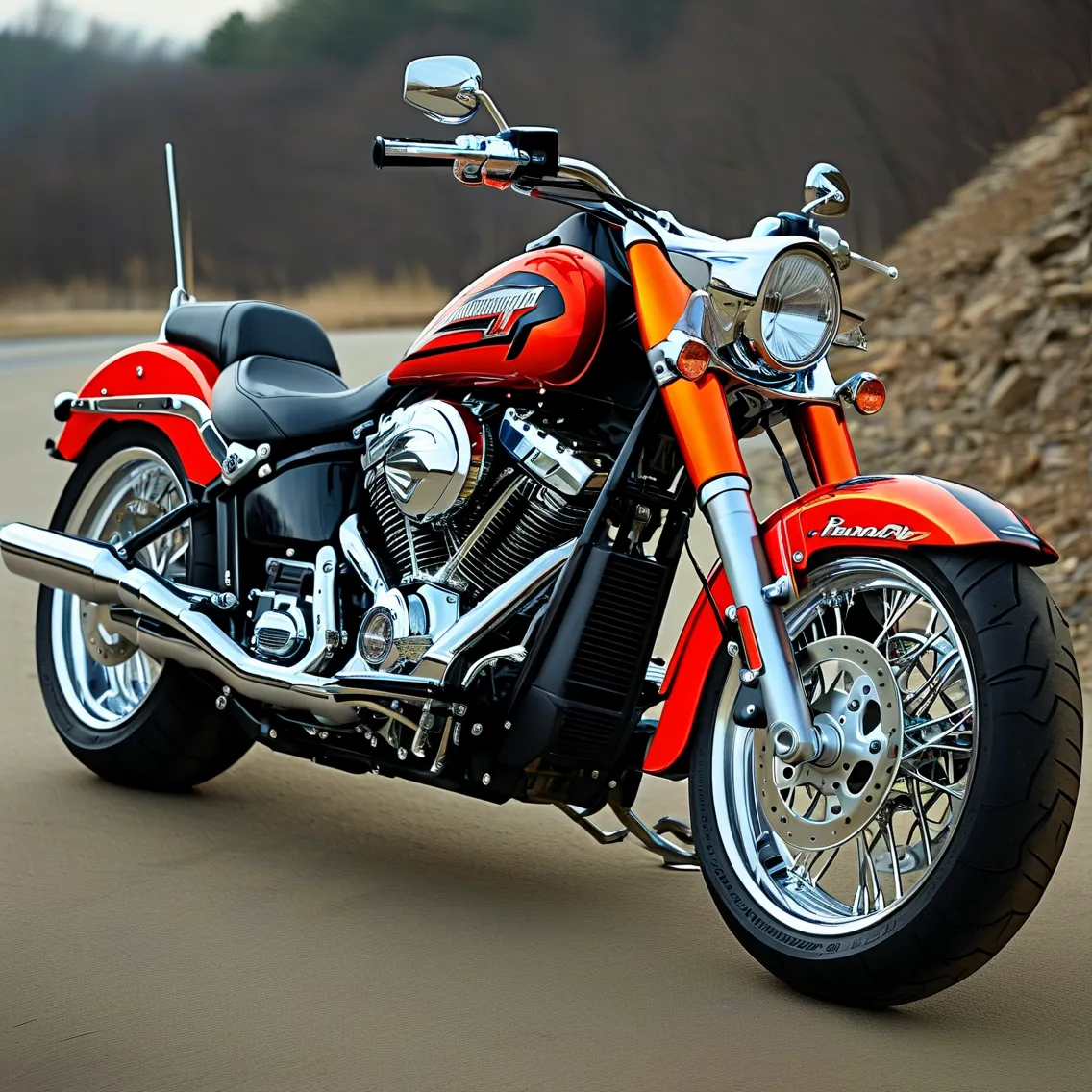When upgrading your Harley-Davidson Softail’s exhaust system, the Rinehart Softail lineup stands out as a top contender for riders seeking both performance gains and that iconic rumbling tone. But how do you choose the right setup, and what exactly makes these systems worth the investment? Let’s break down the mechanics, benefits, and real-world results to help you make an informed decision.
Why Rinehart Exhausts Deliver Results
Rinehart Racing’s exhaust systems are engineered using aerospace-grade stainless steel and mandrel-bent tubing, optimizing exhaust flow while minimizing backpressure. Independent dyno tests show a 9-12% horsepower increase on Twin Cam and Milwaukee-Eight engines when paired with proper tuning. Unlike cookie-cutter designs, Rinehart tailors each system to specific Softail models—from the Street Bob to the Fat Boy—ensuring precise fitment and optimized scavenging effects.
Sound Engineering: More Than Just Noise
The brand’s patented Slipstream Muffler Technology uses layered baffling systems to amplify low-end frequencies without excessive decibel spikes. Riders report sound levels averaging 82-88 dB at cruising RPM (tested via Decibel X app), striking a balance between head-turning presence and long-ride comfort. For those prioritizing auditory character, the 2-into-1 systems produce a deeper bark compared to staggered dual setups.
Installation Insights: Avoiding Common Pitfalls
While Rinehart provides detailed instructions, Softail owners should note these pro tips:
1. Torque Matters: Exhaust flange bolts require 18-22 ft-lbs—over-tightening warps headers
2. Tuner Compatibility: Use a Dynojet PV4 or FuelPak FP3 for optimal AFR calibration
3. Heat Management: Apply anti-seize compound to header joints for future serviceability
Maintenance for Longevity
These systems aren’t “install and forget.” Quarterly inspections prevent issues:
– Check mounting brackets for stress cracks (common after 15k miles)
– Use WD-40 Specialist Silicone Spray on chrome surfaces to resist blueing
– Remove carbon buildup with S100 Exhaust Cleaner—avoid abrasive pads
Real-World Performance Data
Third-party testing by J&P Cycles (2023) compared three popular Softail exhausts over 5k miles:
| Metric | Rinehart Full System | Competitor A | Competitor B |
|---|---|---|---|
| HP Increase | +11.2% | +8.1% | +6.9% |
| Weight Savings | 5.8 lbs | 3.2 lbs | 4.1 lbs |
| Customer Rating | 4.8/5 | 4.2/5 | 3.9/5 |
Addressing Common Concerns
Q: Will this void my warranty?
A: Magnuson-Moss Warranty Act protects modifications unless proven causative—document installation dates and use HD-approved tuners.
Q: How loud is too loud?
A: Rinehart’s dB-reducing Quiet Baffles ($79) drop sound output by ~12% while retaining tonal quality.
Final Takeaway
Investing in a Rinehart exhaust isn’t just about louder pipes—it’s about precision engineering that unlocks hidden performance while maintaining rideability. Whether you’re carving canyon roads or cruising Main Street, these systems deliver measurable improvements backed by decades of Harley-specific R&D. For best results, pair with high-flow air intake and schedule a professional dyno tune within 500 miles of installation.




Leave a Reply